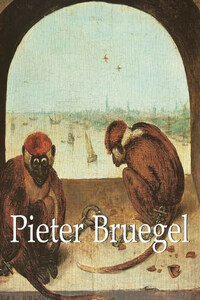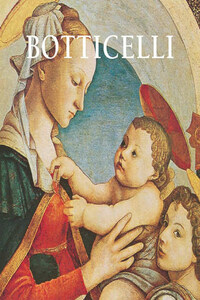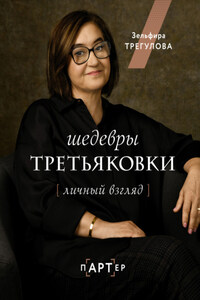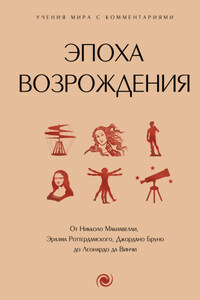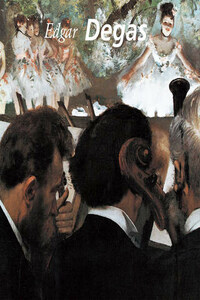Self-Portrait, c. 1921
Oil on canvas, 36.8 × 41.8 cm
Salvador Dalí Museum, St Petersburg (Florida)
1903 – August 1, death of Dalí’s elder brother, Salvador Galo Anselmo, at the age of two from gastroenteritis.
1904 – May 11, birth of Salvadore Felipe Jacinto Dalí in Figueras, a small fishing village in Spain. The family name, unusual in Spain, stems from the Catalan word “adalil”, which in turn has its roots in the Arabic and means “leader”.
1910 – Dalí’s grandmother Maria Ana Ferrés and aunt Catalina moved into Dalí’s family home.
1914 – Dalí’s oldest existing works are dated from 1914.
1916 – Aged twelve, Dalí was sent on holiday to the “Mulí de la Torre” estate of some family friends, the Pitchots, a few kilometers from Figueras, a place which became a place of magic for the then young Salvador.
1918 – In winter, Dalí took part in a group exhibition of artists from Figueras. In the local newspaper, the fourteen-year-old was celebrated as an up-and-coming “master painter”.
1919 – Summer spent in Cadaqués, his father’s birthplace on the Costa Brava, in a little holiday house.
1921 – February 6, death of Felipa Doménech, Dalí’s mother. The father promptly married his deceased wife’s sister, Catalin, who had already been living in his household for the last eleven years.
1922 – Accompanied by his father and his sister Ana Maria, Dalí traveled to the entrance examination at the art school in Madrid.
After the examination commission accepted him, he moved into a room at the “Residencia de Estudiantes”, a student residential and cultural centre based on the Oxford and Cambridge model.
1923 – Sigmund Freud’s The Interpretation of Dreams was published. Dalí began reading it immediately and used it to analyse his own dreams. Meeting between Dalí and Federico Garcia Lorca.
1924 – At the beginning of his second year of studies, Dalí was gated from the academy for twelve months. Dalí returned to Figueras where his father stood against the dictator Miguel Primo de Rivera for the elections. In October, Dalí returned to the academy and continued his bohemian life.
1925 – In May, Dalí took part in the “First Iberian Artists’ Art-Salon” with ten paintings, amongst them a portrait of his friend Luis Buñuel that he had painted in 1924. Dalí and Lorca traveled together to Figueras during the Easter holidays and developed a close relationship as from then. In November, the Dalmau gallery in Barcelona presented the first single-showing of Dalí’s paintings.
1926 – Dalí traveled to Paris to visit Picasso in his apartment in the rue de la Boétie. Garcia Lorca wrote the Ode to Salvador Dalí. Painting of Still Life (Invitation to Sleep). From a photo Ana Maria had taken of the sleeping poet in 1925, Dalí painted Garcia Lorca’s head in the style of a Roman bust, where the plastic qualities in relief and outline are broken down into shadows and the portrayal of features. Dalí and Lorca began to work on a piece together, Mariana Pineda. Dalí began working on the painting Honey is Sweeter than Blood. The painting Basket of Bread was exhibited at the Carnegie Museum of Art in Pittsburgh.
1927 – June 24, premiere of Maria Pineda. In the summer, Dalí published a drawing titled Holy Sebastian in the magazine “L’Amic de les Arts”, dedicated to Garcia Lorca.
1928 – Drawing of the title-picture for “Gallo”, the magazine that Garcia Lorca published in Granada. Writing of the script for Un chien andalou – An Andalusian Dog.
1929 – Dalí travelled to Paris to see the film Un chien andalou being shot. During his stay there, Dalí also signed a contract with the gallerist Camille Goemans. In the summer, Dalí met Gala Eluard in Cadaqués and they both fell in love with one another. End of November, a dispute broke out between Dalí and his father, who told him the family wished to have nothing more to do with him. Painting of The Great Masturbator.
1930 – Gala published Dalí’s La femme visible – The Visible Woman, a gathering of many of his thoughts on the double picture. October 22, presentation of The Golden Age – for which Dalí had made written contributions – to a discerning audience among whom were Gertrude Stein, Pablo Picasso, Marcel Duchamp, André Malraux and Man Ray.
1932 – Purchase of The Persistence of Memory by the New York Museum of Modern Art after it had been exhibited in Julien Levy’s gallery that year.
1933 – Julien Levy was the first to devote a whole exhibition to Dalí1934 Dalí exhibited his painting The Riddle of William Tell in the Salon of the Indépendants early that year. Dalí and Lorca met for the last time in Barcelona. Two years later, shortly after the beginning of the Spanish civil war, Garcia Lorca was murdered by Franco’s soldiers. Dalí and Buñuel’s friendship came to an end. In November, Dalí and Gala travelled to the United States for the first time.
1935 – In January, the Dalís returned to Paris and were greeted with the news that they had caused a scandal in New York at a parting celebration at the elegant New York restaurant, Coq Rouge.




